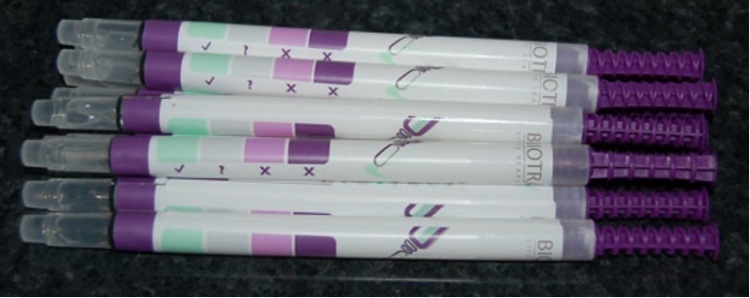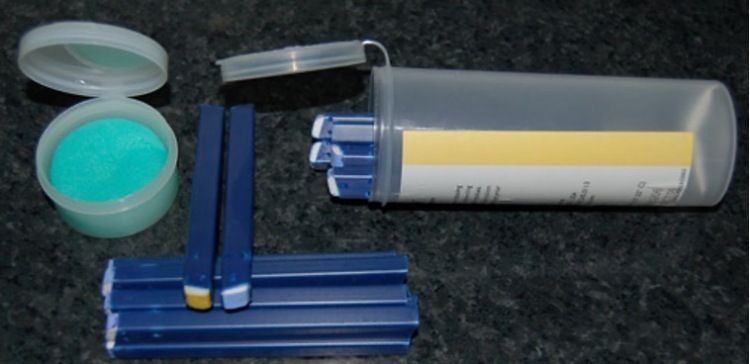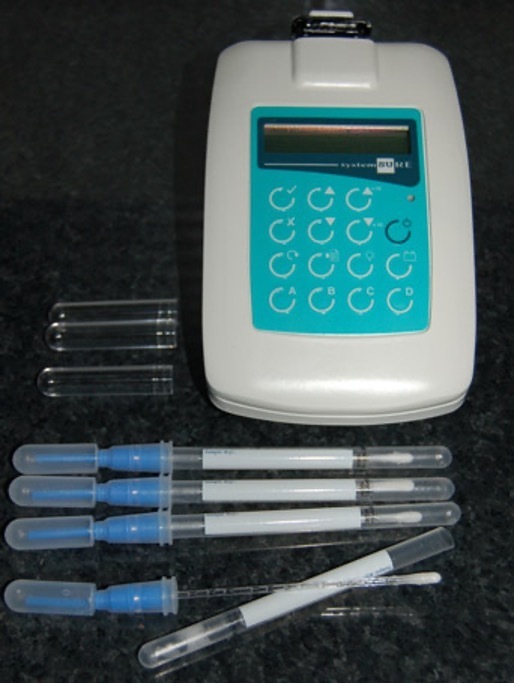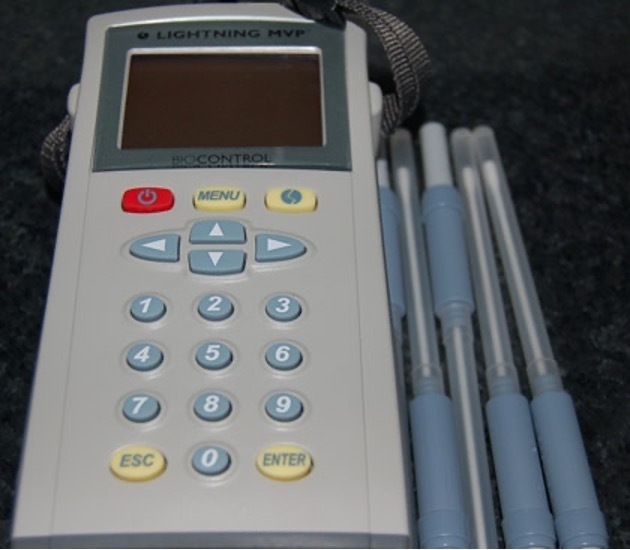In Summary
- Microbiological testing is best practice, however it’s acknowledged that for cost reasons, growers might consider using rapid test kits as a supplement to traditional microbiological testing.
- These rapid test kits include ‘Pro-clean’ and ‘Flash sticks’ which detect protein residues, and ‘Lightning II’ and ‘Hygiena Snapshot swabs’ which detect for a molecule called ATP (which is a component of active metabolism of all life, including microbes).
- Research found that as the protein residues and ATP concentrations increased, higher bacterial counts also increased. Demonstrating that these kits can be used to indicate high bacterial counts on surfaces.
Testing of tools, equipment and food contact surfaces for sanitising effectiveness
For those growers that would prefer to use a testing laboratory the Chilled Foods Association has some free guidance on maximising the benefits of using a contract laboratory.
The below products are listed as information for growers that are planning to assess sanitising effectiveness themselves. These products were evaluated as part of studies funded by the UK FSA for research purposes. It is likely that alternative commercial products exist that will similarly detect protein or ATP residues. Food Standards Scotland does not endorse any of the products listed on this page. In overview, the tests below make use one of two different types of measurements.
- ATP measures viable microbes. It measures the amount of ATP present, which is a component of active metabolism of all life, including microbes.
- Total protein simply measures the total of protein on a surface and can’t accurately distinguish between viable and non-viable microbes.
Background
Growers should use ISO standard 18593 as the best-practice reference method for sampling harvesting equipment and tools or a suitable alternative method. However, recognising that microbiological testing can be expensive, growers may be interested in a number of alternative rapid methods that have been reviewed favourably as part of Food Standards Agency (FSA)-funded studies. These alternative rapid methods can offer advantages over traditional microbiological testing, including cost savings and providing almost-instant results. Many growers will continue to test their surfaces routinely for total aerobes to comply with their customer protocols and to ensure that cleaning has been undertaken to an acceptable standard.
The performance of rapid methods, alternative to the traditional microbial detection methods for monitoring hygiene, was assessed both under experimental (laboratory) and commercial conditions (food processing plant). The methods assessed were based on the detection of protein residues (using the commercially available products "Pro-tect" [photograph 1], "Flash sticks" [photograph 2]) and total ATP (the Lightning II and Hygiena Snapshot swabs [photograph 3]). Please note the Pro-tect product has been recently re-branded as Pro-clean. Microbiological testing (total aerobic viable counts; (TVC) and Enterobacteriaceae) was also carried out on the surfaces to provide a general background of hygiene against which the performance of the test methods could be assessed. From the FSA study, it was found that assessment of environmental surface cleanliness in food processing plants was most cost-effectively achieved using either the Pro-tect or the Flash stick detection system. Also, two ATP detection systems were also assessed favourably, but ATP detection is a more expensive system for food business operators to adopt.




The performance of the same detection methods were assessed at Bristol University. Surfaces within a teaching scale food plant were monitored using each of the different methods, including the traditional microbiological tests, both before and after routine cleaning. A correlation between the total ATP and both protein detection methods was observed from the environmental surfaces. A correlation was also observed between the total ATP, Flash protein method and the TVC counts with food contact surfaces. Both protein detection methods used were able to detect that effective cleaning had taken place within the food plant, but it was concluded that the Flash protein method would be better suited to the environment, because there, the system used less liquid, which was a potential food contaminant. Although more expensive, the measurement of total ATP to determine surface cleanliness was also found to be a useful method within a food plant to assess surface cleanliness.